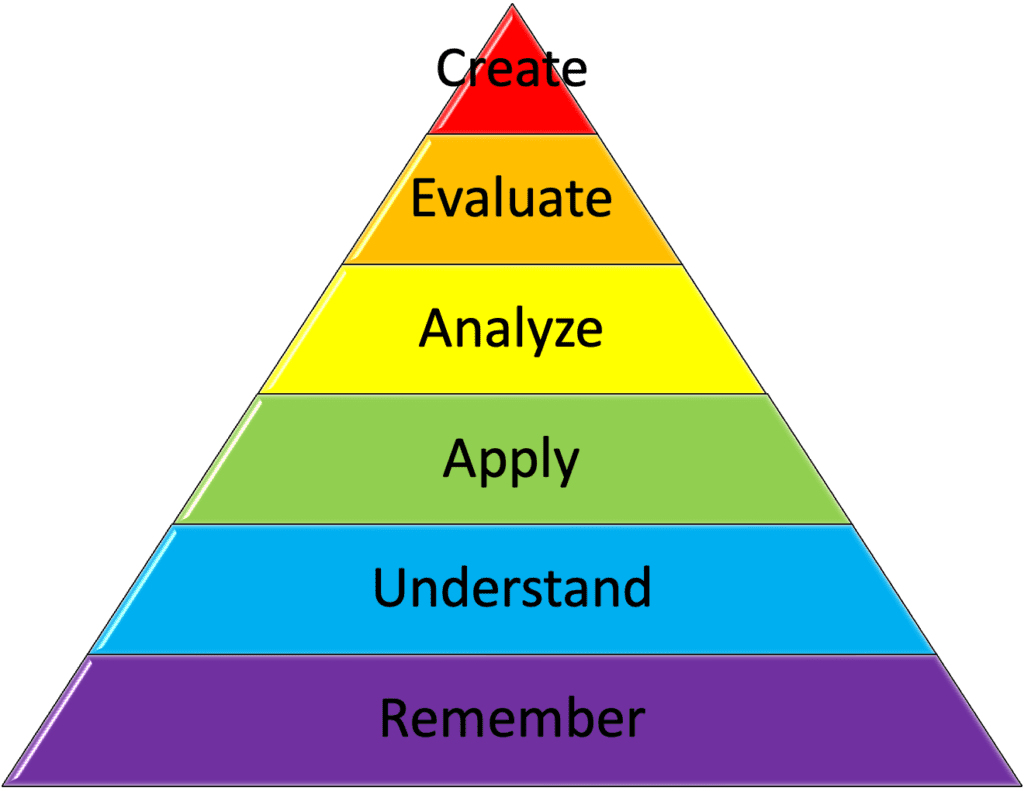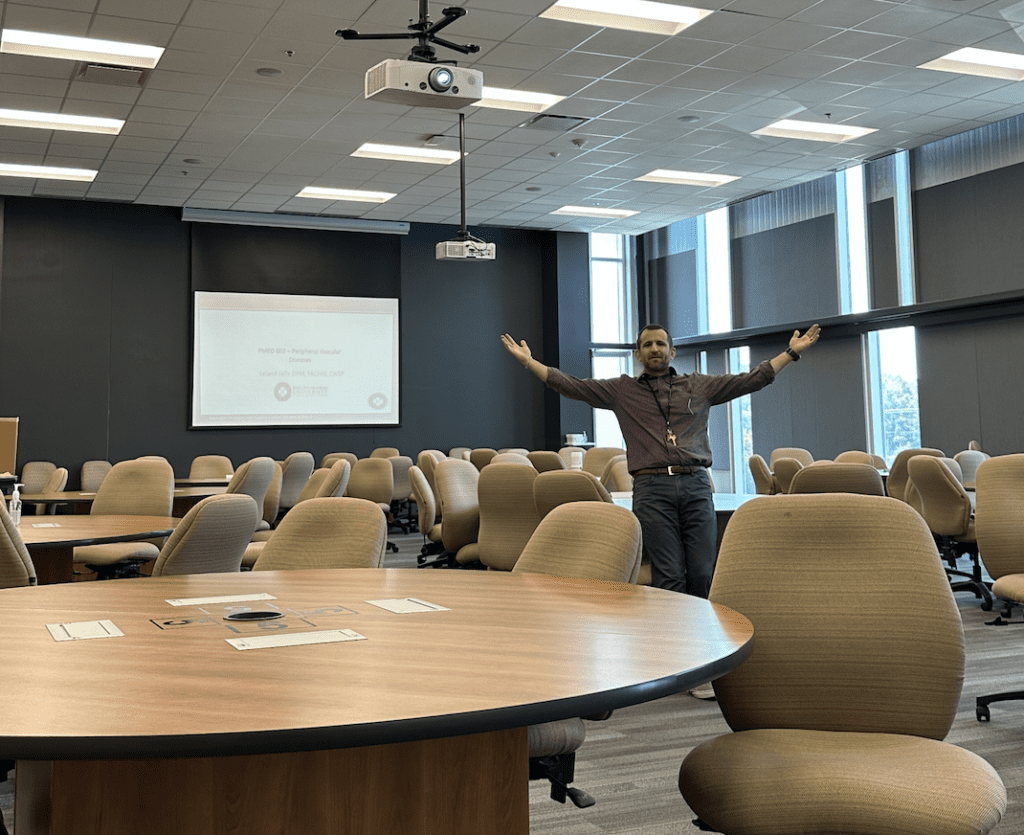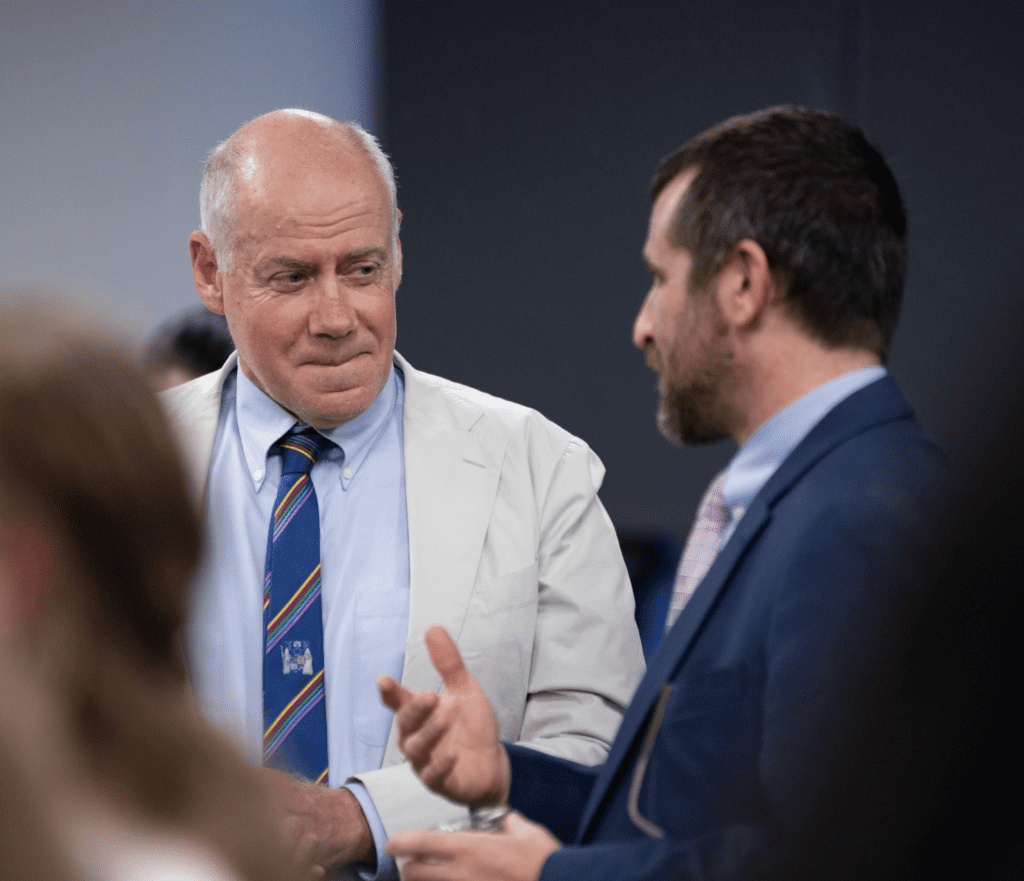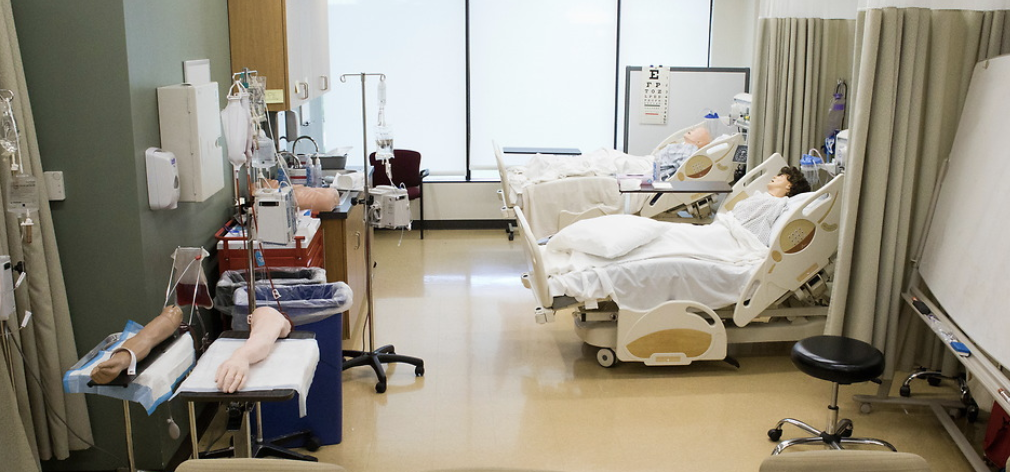Authored by Leland Jaffe DPM, FACFAS – Associate Dean and Professor – Updated 12-29-23
Teaching students and surgical residents in the operating room is a critical aspect of their education. It’s where theory meets practice, and where learners climb the steps of cognitive learning. As an attending physician, your role in guiding and mentoring these students/resident doctors is invaluable. This blog post will explore effective teaching strategies for the surgical attending.
My Journey
Throughout my 12+ year career thus far, I’ve had the privilege of training surgical residents in St. Louis, and currently the podiatric medical students in Chicago at Scholl College. As an attending, I’ve had the immensely rewarding experience of contributing to the knowledge of students and residents. Teaching in the clinical and surgical arena has been an incredibly fulfilling experience, as I’ve had the privilege of imparting knowledge, refining clinical and surgical skills, and witnessing their growth into competent and compassionate physicians, contributing to the future of healthcare.
1. Establish a Positive Learning Environment
Creating a conducive atmosphere is paramount. Start by fostering an environment of mutual respect and open communication. Encourage questions and discussions, and ensure that every member of the team feels heard and valued. This inclusive atmosphere sets the foundation for effective teaching.
2. Set Clear Expectations
Begin each case by outlining the goals, objectives, and expected outcomes. Define the specific skills or techniques you want the resident to focus on during the procedure. Providing clear expectations helps residents to focus their attention and efforts appropriately.
3. Encourage Active Participation
Involve residents in all aspects of the surgery, from patient positioning to wound closure. Encourage them to actively participate in critical decision-making processes. This hands-on approach fosters a deeper understanding of the surgical procedure and enhances skill development and confidence in decision-making.
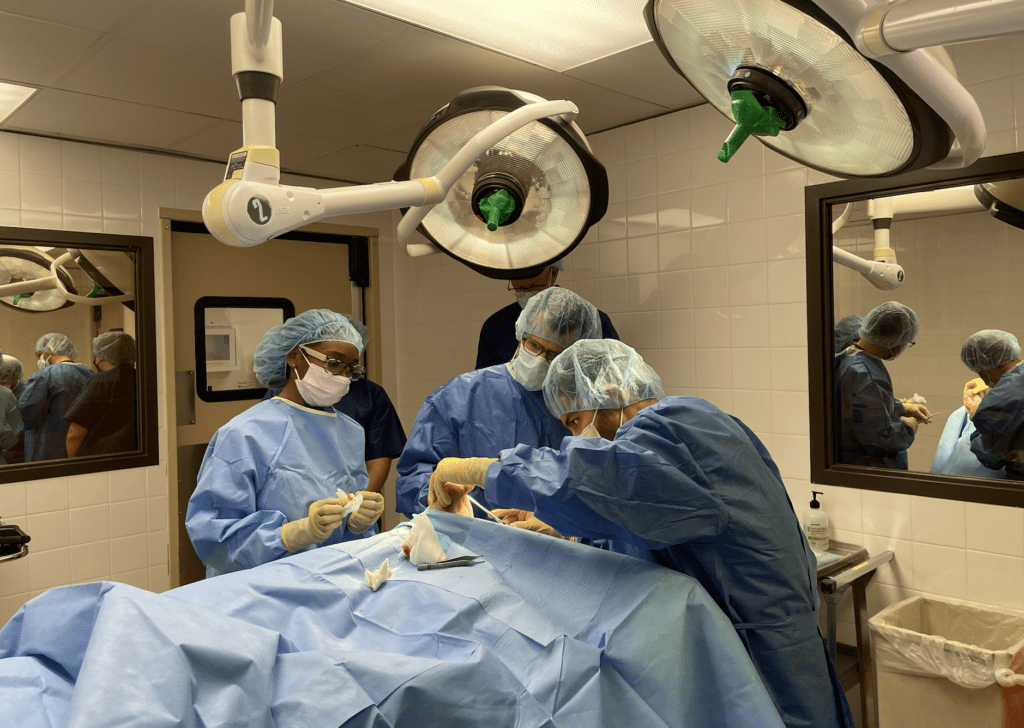

4. Use the “See One, Do One, Teach One” Approach
This classic surgical teaching mantra encapsulates the progression of learning. Start by demonstrating the procedure to the resident (perhaps in a dissection lab or during a live case), allowing them to observe and ask questions. Next, have the resident perform the procedure under your guidance. Finally, encourage the resident to teach the procedure to a more junior resident or student, reinforcing their learning.


5. Provide Real-time Feedback
Offering immediate, constructive feedback is essential for a resident’s growth. Be specific about what was done well and what could be improved. Use positive reinforcement to highlight achievements, and tactfully address areas that need refinement. Remember, feedback should be balanced and always aimed at nurturing improvement.
6. Utilize Simulation and Virtual Reality Tools
Incorporating simulation and virtual reality technologies can be immensely beneficial. These tools allow residents to practice surgical techniques in a controlled environment, enhancing their confidence and proficiency before entering the actual operating room.




7. Encourage Self-Directed Learning
Empower residents to take charge of their learning. Encourage them to review pertinent literature, attend scientific conferences/workshops, and seek out additional training opportunities. This proactive approach not only deepens their knowledge but also instills a lifelong commitment to continuous learning.
8. Promote Teamwork and Communication
Emphasize the importance of effective communication and collaboration within the surgical team. Encourage residents to interact with nurses, anesthesiologists, and other team members. This fosters a culture of teamwork and ensures a smoother surgical experience for everyone involved.
9. Conduct Regular Debriefing Sessions
After each procedure, set aside time for a debriefing session. This provides an opportunity to reflect on the surgery, discuss key learning points, and address any questions or concerns. It also allows for constructive feedback and reinforces the educational value of the experience.


Teaching Strategies for the Surgical Attending: Conclusion
Teaching students and surgical residents in the operating room is a dynamic and rewarding process. By establishing a positive learning environment, providing clear expectations, and utilizing a combination of hands-on experience and technological tools, you can guide learners toward becoming skilled and confident surgeons. Remember, your role as a mentor is pivotal in shaping the future of surgical excellence.
What strategies have you found to be effective in fostering a positive and productive learning environment in the operating room? Please leave a comment below!


Leland Jaffe DPM, FACFAS
Associate Professor and Dean
Podiatric Physician and Surgeon
North Chicago, Illinois


